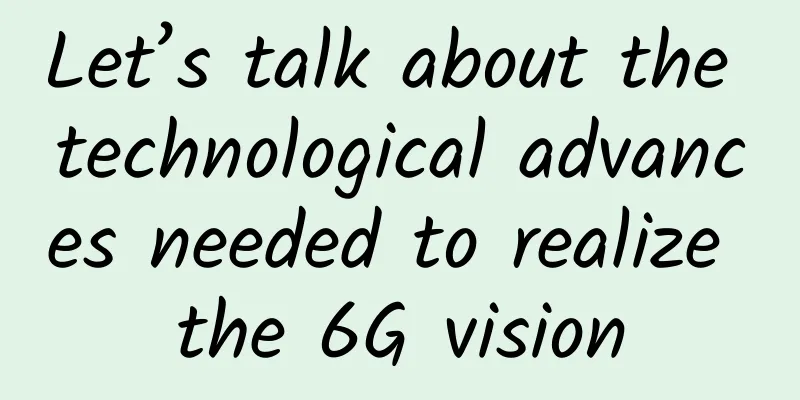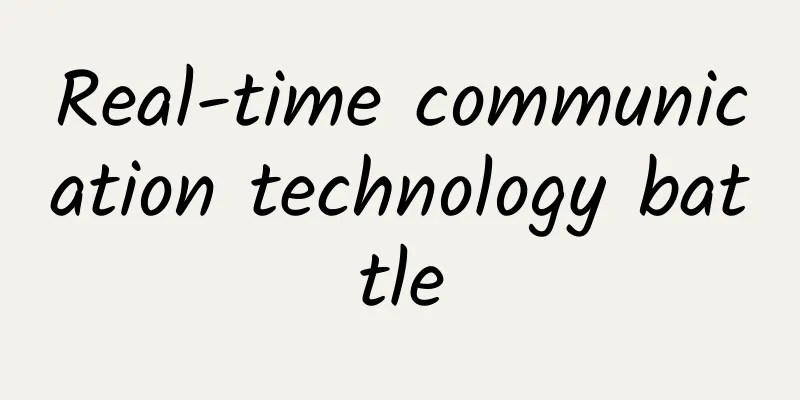How to attract and train talents in the era of the Internet of Things

|
We are experiencing a worldwide war for talent with IoT capabilities. The Internet of Things (IoT) is making every industry a technology industry. Take a look at today's cars, which are equipped with hundreds of sensors, cameras, computers, wireless communications, and high-speed stability networks based on specific standards. Cars are basically mobile data centers and smartphones on wheels. This means that the old automotive industry is in need of skilled talents just like Silicon Valley startups. The Internet of Things is being applied in many industries: farmers use data analysis to improve soil quality and optimize planting, watering and harvesting schedules; mining companies use predictive maintenance to prevent equipment downtime; and freight companies use sensors to track containers to optimize shipping routes and the movement of empty and full containers. With an IoT-based economy driving trillions of dollars in economic growth, we are already competing around the world for an equally IoT-capable workforce. Now let’s look at how to attract and train the talented workforce that can help you meet this challenge. Start by developing your own people As I talk to companies around the world who are struggling with this issue, the answer comes from an old approach: Go back to basics, starting with developing your people. This means training them in IoT-related skills—not just technology and processes, but also soft skills such as virtual teams and collaboration, which is something every company that has just embarked on its IoT journey should do. Creating a workforce with IoT capabilities is not a one-time training event. It is a change in mindset, a new way of doing business, and a new contractual relationship between companies and employees. A generation ago, people often worked in the same job for 20 or 30 years, perhaps moving up from laborer to supervisor to line manager, but using essentially the same skills. For example, my father-in-law worked for decades as a technical specialist at a steel mill. That world is gone. Today, people have to reinvent themselves every three to seven years to keep up with rapidly changing IoT technologies and processes, which requires employees and companies to continuously learn. IoT is a journey and a process of learning the required skills.
Next, expand your search To find new IoT-savvy employees, you can’t go through the usual channels. Keep looking at four-year institutions, of course, but also at community colleges and even high schools. Rockwell Automation, Boeing and Northrop Grumman run summer internship programs for upperclassmen. Focus on science, technology, engineering and math (STEM) subjects with colleges and universities, but don't ignore other fields such as communications, healthcare and retail. Many IoT jobs can be performed remotely, so don’t limit your work location or set rigid work hours. Smart devices, accessible technology, collaborative tools, and ubiquitous networks can open up a large untapped talent pool. For example, there are about a billion people with disabilities worldwide who cannot go to the office to work. An inclusive, accessible approach will bring you more qualified candidates while expanding participation in the IoT-led economy. ***, establish contact Be proactive and reach out to schools, veterans groups, and industry organizations early on. Sponsor research, offer internships, and initiate joint projects. Consider developing courses in partnership with these institutions. If you need more data scientists, work with universities to develop such courses, and then sponsor them. Be creative. For example, Siemens needed more mechatronics experts at its North Carolina plant, so it partnered with a local community college to create a dedicated four-year apprenticeship program that combines on-the-job training with a structured curriculum. Fortunately, the industry is coming together to address the current shortage of skilled IoT workers. Cisco, Rockwell, GE, and several other companies have formed the IoT Talent Alliance, a nonprofit dedicated to preparing the next generation of workers for IoT. Funded by member companies in Wisconsin, the new Manufacturing Alliance is filling the skills gap by establishing educational partnerships with schools, providing scholarships and grants to technical school students. While you may be focused on developing new skills among your current employees and tapping into new hires with IoT skills, don’t forget your veteran employees who have valuable expertise and institutional knowledge, history, and context. As I said, my father-in-law was one of those loyal old employees who had worked at the steel mill for many years and had accumulated a wealth of knowledge and experience. When he retired, the company asked him to continue as a consultant even as a new generation of managers implemented automated IoT processes. Why? Because he had a wealth of practical experience, and the company could not afford to lose such a person, so they used his experience as the basis for the automated decision-making system. Creating an IoT-capable workforce is a must-do project. You can implement IoT solutions and integrate them with business processes, but if your workforce is not ready (both in terms of skills and culture), your IoT transformation will fail. If you focus on developing new skills while retaining traditional expertise, you’ll soon have a workforce that’s ready to meet the ongoing challenges of the IoT economy. |
<<: Five IoT trends that we need to pay attention to in 2018!
>>: Cloud computing in 2018: Switch or die
Recommend
On-Prem vs. Colocation vs. Cloud vs. Edge: Pros and Cons
In today's digital economy, technology has be...
Review of 5G in 2017: The first version of 5G NR standard was frozen, and China's voice was enhanced
2017 is known as the first year of 5G standards. ...
Can video ringtones become a phenomenal application in the 5G era?
The latest data: The number of video ringtone use...
Digital China is moving towards a deeper and more practical digital economy.
"Vigorously develop the digital economy, imp...
How awesome is the next-generation camera polished by the Virgo Huawei technical team? A favorite for detail lovers!
[51CTO.com original article] Can cameras also tak...
Future development and current progress of China's Internet of Things industrialization
It cannot be denied that we are experiencing an e...
[11.11] Megalayer: 50% off on regular VPS, Hong Kong/Philippines/US VPS starting at 159 yuan per year
Megalayer also launched a promotion for the Doubl...
ServerCheap: $3/month KVM-1GB/20G NVMe/1TB/Dallas Data Center
ServerCheap was founded in 2012 and is a subsidia...
Help build a strong network nation, IPv6 “+” runs fast
Favorable policies inject a "boost" int...
Omdia: In the third quarter of 2020, 109 commercial 5G networks were launched worldwide
On October 28, according to the latest 5G service...
The Ministry of Industry and Information Technology has issued an "iron order" that if you want to port your number to another network, you must meet these three conditions!
As we all know, the three major operators are amo...
5G spending of the three major operators decreased, and the number of package users increased
The three major operators recently released their...
You know Bitcoin, but do you really understand blockchain?
When it comes to Bitcoin, everyone should be fami...
In the era of the Internet of Things, how will smart hardware affect our lives?
In recent years, the Internet of Things (IoT) has...
How to understand 5G air interface (NR)?
The telecommunications industry certainly hopes t...




![[Black Friday] Virtono: €29.95/year KVM-1GB/30GB/1TB/Singapore and other data centers](/upload/images/67cac00e4826a.webp)
![[Black Friday] Friendhosting 40% off, VPS half-year payment starts from as low as 10 Euros](/upload/images/67cac01fd3946.webp)



